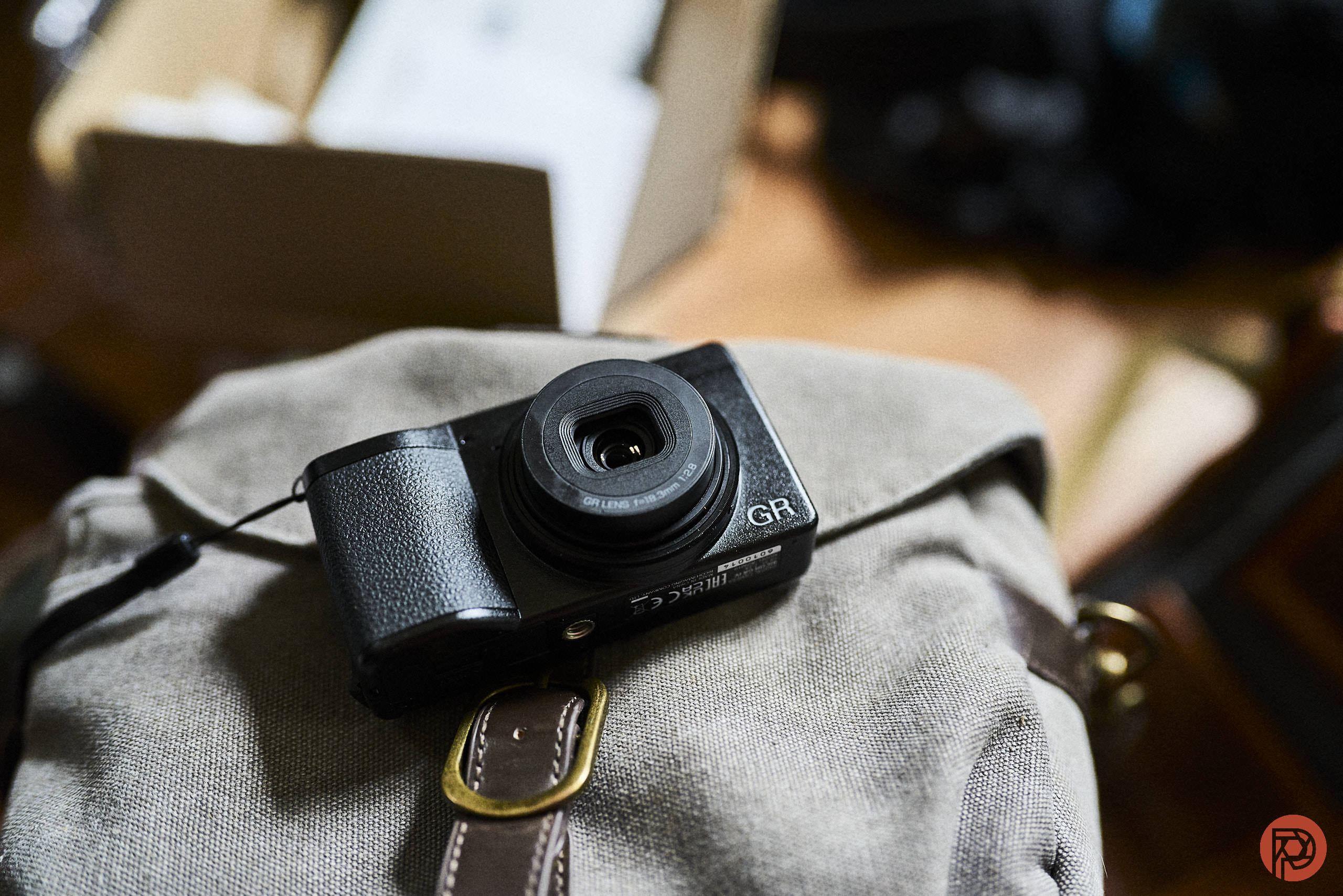
Ricoh’s announcement of the highly anticipated GR IV was met with mixed feelings. On one hand, street photographers loved it, but on the other hand, some found it to be a niche product. Either way, it doesn’t take away from the fact the compact camera continues to hold value in a full frame world. Per new reports, Ricoh is adding a new chapter in the GR series, with the launch of two new cameras. Here’s a look.
In a new blog post, Ricoh announced that they will be launching their first “black and white” sensor camera, GR IV Monochrome. So far, the company has only launched colored sensora, with the Monochrome model being designed for black and white shooters who want more control over their images. For the initiated, a dedicated black and white sensor helps in capturing details well, depth, and can also offer better noise control with high ISO.
But that’s not all, it appears that Ricoh is also working on a second variant, the GR IV HDF (Highlight Diffusion Filter). Per Asobinet, the latter camera will help to capture softer reding in highlights. The HDF filter gives camera more cinematic images, and it is often appealing to photographers.
This is a massive milestone for the company, since the film GR series was launched some 30 years ago, with the digital debut being in 2005. The HDF model was introduced in 2023, and in our review, we adored how it worked with people and night photography. However, our primary concern was the price, since it was priced around $1000. As we wrote in our review: “For the money, there are really good, weather resistant cameras and lenses on the second-hand market. And because I care about my photography so much, I’d rather use a better camera and pay for one. But if I didn’t have the money, I’d use my phone and the VSCO app with its great filters.”
But a dedicated Monochrome camera? That can be enticing, since Leica is doing the same with their M and Q series models. In fact, the Leica Q2 Monochrome is phenomenal, with the image quality singing for users.
If you are wondering about the specs for the GR IV Monochrome, here is a look:
- Monochrome CMOS Sensor (23.3 x 15.5mm) with approx. 25.74MP resolution
- Two Versions: Standard and HDF (Highlight Diffusion Filter) model
- ISO 160–409600, with customizable auto ISO parameters
- 5-axis in-body image stabilization (SR)
- 18.3mm f/2.8 GR Lens (28mm full-frame equivalent) with 3 aspherical elements
- 14-bit RAW (DNG) and JPEG support; AdobeRGB and sRGB color space options
- Hybrid AF system with multiple focus modes, including Snap and Full Press Snap
- Extensive Image Control presets, including Solid, Hi-Contrast, Grainy, HDR Tone, and three customizable profiles
- Full HD video recording, up to 60p
- Internal memory (53GB) and support for microSD cards (UHS-I)
- USB-C with DisplayPort video output and PD-compatible charging
- Compact body: Approx. 109.4 × 61.1 × 32.7mm
Ricoh says the camera will be first showcased at GR Space Tokyo on October 23. Details on pricing and battery life are yet to be finalized, but the release remains scheduled for spring 2026. As for HDF camera, it is likely to be introduced in winter season of this year.
Ricoh is changing itself and that is pretty great. But the GR IV had its own shortcomings, which we do hope they address, including the price. But if not, then the camera just may not appeal to a larger audience.

